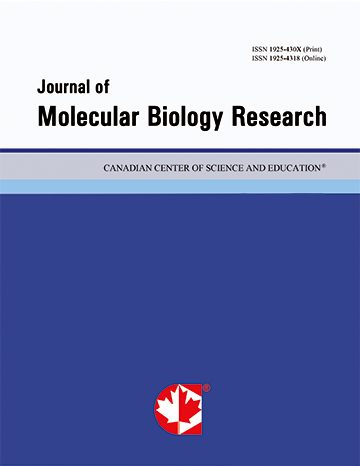Expression of Human Chloride Channels ClC1 or ClC2 Revert the Petite Phenotype of a Saccharomyces cerevisiae GEF1 Mutant
- Fernando Rosas-Sanchez
- Angélica Angélica López-Rodríguez
- Carlos Saldaña
- Lenin Ochoa-de la Paz
- Ricardo Miledi
- Ataúlfo Martínez-Torres
Abstract
The mechanism of activation of the yeast ClC chloride channel/transporter GEF1 is unknown, and in this study we tested the ability of human ClC1 and ClC2, two channels with different activation kinetics, to revert the petite phenotype of a strain whose GEF1 gene was deleted. We found that when the human channels are expressed in a low-copy plasmid, the reversion of the phenotype does not occur; in contrast, when the channels are over expressed by means of a strong transcriptional promoter in a multiple-copy plasmid, the cells reach the normal size, and show a normal membrane surface and oxygen consumption. To determine the size variationsof individual cells, we employed flow-cytometry as a quantitative tool to evaluate the petite phenotype.
These results suggest that the human ClC channels, when abundantly present in the cells, can support the metabolism disrupted in the knock-out strain. We also observed that the fluorescence emitted by GFP-tagged channels was found mostly towards the periphery of the wt yeast, whereas in the GEF1 knock-out it was detected in intracellular clusters. GFP-tagged channels expressed in X. laevis oocytes produced robust currents and did not show any evident difference with respect to the normal ClCs, whereas Gep1p did not show voltage-dependent activation.
- Full Text:
 PDF
PDF
- DOI:10.5539/jmbr.v3n1p68
Index
Contact
- Grace BrownEditorial Assistant
- jmbr@ccsenet.org
